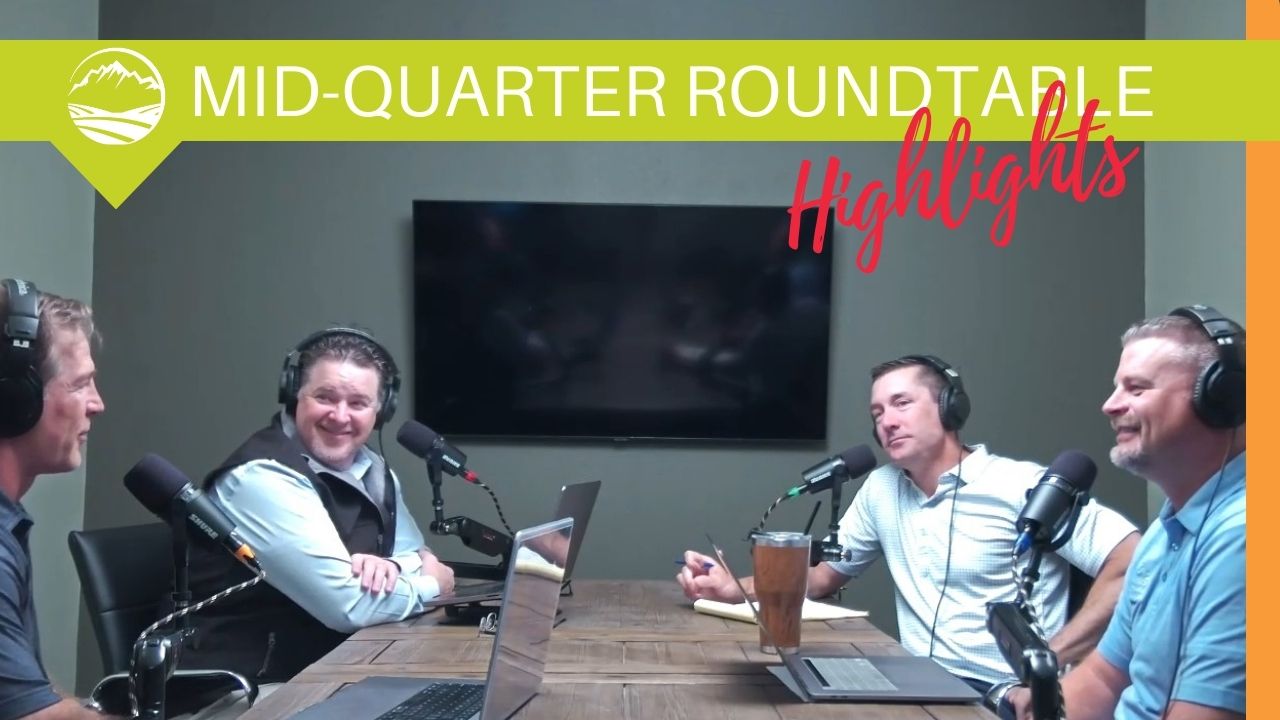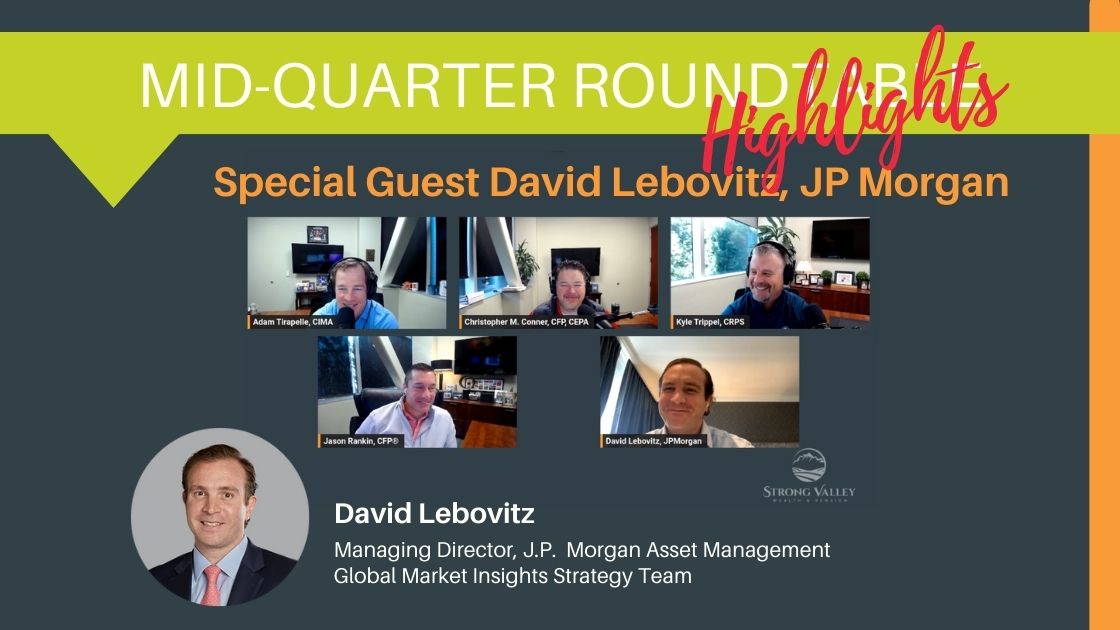You are now leaving the Strong Valley Wealth & Pension, LLC ("Strong Valley") website. By clicking on the "Schwab Alliance Access" link below you will be entering the Charles Schwab & Co., Inc. (“Schwab”) Website. Schwab is a registered broker-dealer, and is not affiliated with Strong Valley or any advisor(s) whose name(s) appears on this Website. Strong Valley is/are independently owned and operated. Schwab neither endorses nor recommends Strong Valley. Regardless of any referral or recommendation, Schwab does not endorse or recommend the investment strategy of any advisor. Schwab has agreements with Strong Valley under which Schwab provides Strong Valley with services related to your account. Schwab does not review the Strong Valley website(s), and makes no representation regarding the content of the Website(s). The information contained in the Strong Valley website should not be considered to be either a recommendation by Schwab or a solicitation of any offer to purchase or sell any securities.

When you choose your investments, you want to get the most you can out of your 401(k) by allocating your money towards high returns and a balanced portfolio. While there is no one-size fits all, avoiding these four mistakes is a good start for your 401(k) plan.

A lot of 401(k) investors end up making the same mistakes when choosing their investments. The results are low returns and unbalanced portfolios. Avoiding these four mistakes is a good start for getting more out of your 401(k).
There is no easy answer to how you should allocate your 401(k). You have to make these decisions on your own based on your personal risk tolerance, investment choices and the allocation of your other investments.
Many 401(k) plan participants are either overwhelmed by the list of investment choices or are simply afraid to take any risk in their investments, and so put all of their savings into a money market or stable value fund. Sometimes the money market fund is the default option for their employer’s plan -- meaning their money ends up there, earning very low interest. Nobody bothers to change it.
Money market and stable value funds are basically fancy words for cash, a low risk, low return investment, and the return from cash usually lags behind inflation. This means that a 401(k) in these safe investments will probably decline in value over time. For many folks, the investment horizon is long, so you can tolerate some volatility to get the higher returns later.
Another common mistake made by investors in their 401(k)s is to invest an equal portion into each available investment option. This is called the 1/N Rule.
There are many problems with taking this approach. First, you do not need to invest in every option available in your plan. Especially now that target date retirement funds (mutual funds that change allocation based on your estimated retirement date, growing more conservative as you age) have become popular, you do not need to invest in every bond fund and every stock fund to achieve diversification. Also, each investment option has been selected based in its individual characteristics, not based on how all of the options work together.
Your employer is not suggesting that you should invest in every option, and certainly not in each equally. Every plan has a different investment line-up.
For example, let’s say your company has one money market fund, one bond fund, and eight stock funds. An equal investment into each fund results in an overall allocation of 80% stocks, 10% bonds, and 10% cash, a pretty aggressive portfolio. The employer’s intent is not to encourage each participant, regardless of age, risk tolerance, and time to retirement, to have an 80/20 allocation.
Many companies allow employees to purchase company stock in their retirement plans. As tempting as it might be to bet on a company you know very well (hey, you work there, right?), you should minimize your investment in company stock. Remember Enron, Bear Stearns and Lehman Brothers? Those employees lost their jobs and their retirement savings in one day when their companies went bankrupt.
If you are going to be laid off from your job, your company is probably in trouble, and its stock will also be low. Why would you want to bet your income and your future retirement on one company?
Investments in diversified bond and stock mutual funds will reduce this risk. As a rule of thumb, keep your investment in company stock below 10% of the total account.
When you enroll in a 401(k) plan, your employer should provide you with the recent performance of every investment option in the plan. Most investors are naturally risk-averse, and shy away from investment options that have been down recently.
The performance of small-cap and international stocks has been less than domestic large-cap stocks recently. But these funds are still excellent choices for increasing portfolio diversification. They have characteristics that can improve the overall returns and lessen the volatility of your portfolio.
Remember, risk and return are directly related. Don’t rule out investment options based on past performance alone. You might want to consult with your employer’s human resources manager or whoever manages the company’s benefits plan for help choosing the best allocation.
Or another smart move: Hire a financial advisor, who can help you figure out which mix is right for you.



